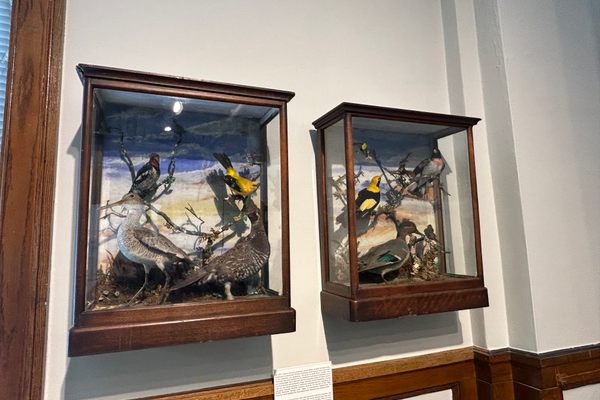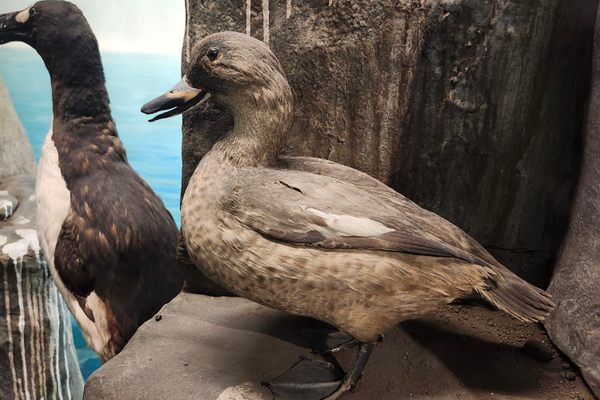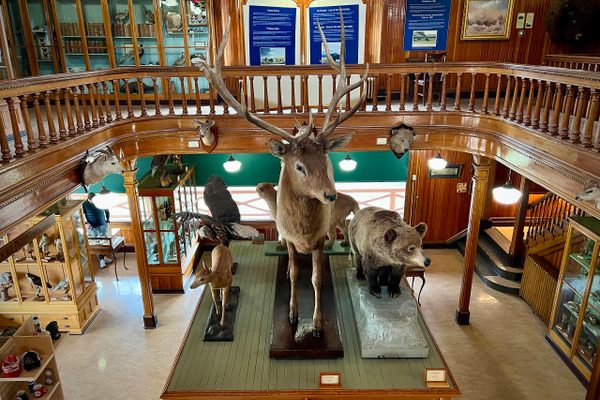About
Mammoths once roamed across the Northern Hemisphere and their remains are scattered across the region. The Zoological Museum in Saint Petersburg, Russia contains a large collection of mammoth remains, including some very exclusive specimens. Most are skeletal remains or tusks.
Occasionally, entire skeletons have been unearthed. These are usually small mammoth infants. Some notable infant mammoth mummies can be found at The Zoology Museum in Saint Petersburg. They are known as Masha and Dima.
Masha was found in 1988 along the banks of the small river Yuribetejakha on Yamal Peninsula. The body of Dima was found in 1977 in the Kirghilyakh Valley near the upper reaches of Kolyma River. Dima's internal organs were well-preserved despite being dehydrated and collapsed.
The Berezovsky mammoth was discovered in 1900 near the Berezovka River in Russia. The body was excavated in 1901 and brought to Saint Petersburg. It had been inside the permafrost for about 44,000 years and was incredibly well preserved.
The Berezovsky mammoth was a male who fell off a precipice and died instantly. The body has only a few marks and part of the trunk is missing along with most of the hair, though the iconic woolly fur can still be seen around the upper region of the front legs. His body is prominently displayed in a glass casket. Some samples of flesh from the Berezovsky mammoth can be found in the Smithsonian Museum of Natural History in Washington D.C.
Zoology Museum in Saint Petersburg is also home to a hall of mammoth and ancient elephant skeletons.
Related Tags
Know Before You Go
The museum is very large and includes numerous specimens. Expect to spend more than two hours inside if you decide to go through the whole collection.
Published
January 27, 2021








































